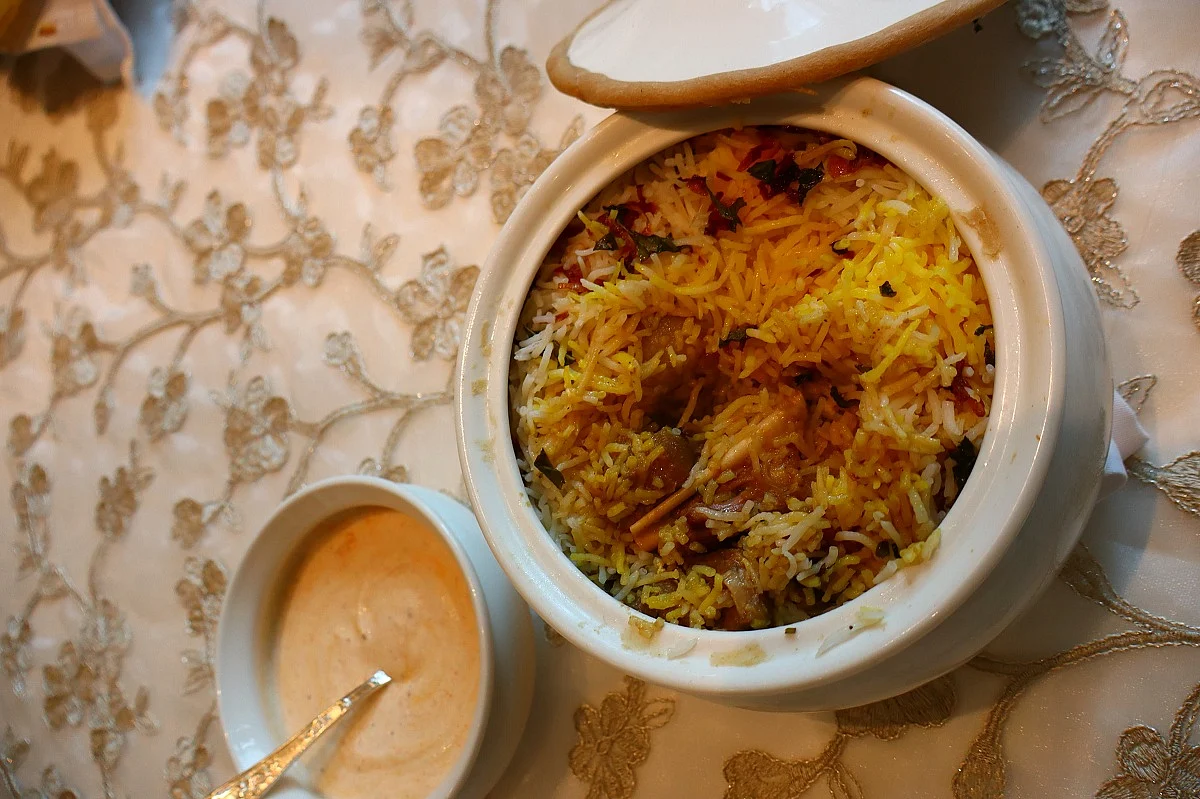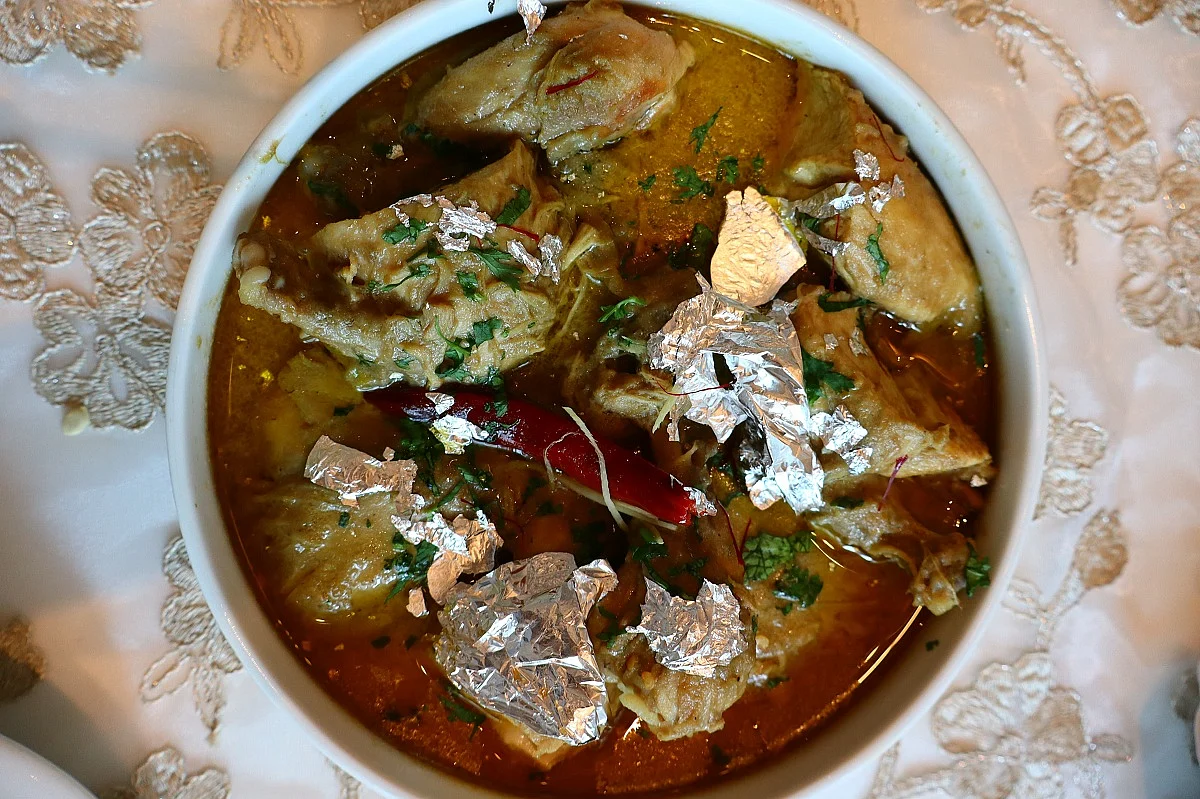In every slow-cooked the same and rose-scented dessert, you don’t just taste spices; you taste memory. At ITC Kohenur’s Dum Pukht Begum’s, we were transported on a culinary journey into the heart of old Calcutta — not the bustling Kolkata we know today, but a deeper, richer past brought alive through the Matia Burj Festivala celebration of forgotten flavours and timeless traditions.
Inspired by the royal kitchens of Metiaburj, the menu, curated by Chef Manzoor A, revives delicacies that once graced the feasts of nobility. Nestled on the southern fringes of Kolkata, Metiaburj is more than a place; it’s a living archive of flavour. This vibrant neighbourhood, once the refuge of the last Nawab of Awadh, Wajid Ali Shah, gave rise to a distinct cuisine that marries the finesse of Lucknow with the soul of Bengal. Too often overshadowed by Kolkata’s mainstream culinary stories, Metiaburj’s cuisine is a tale of exile, adaptation, and indulgent nostalgia.

Seated in the plush interiors of Dum Pukht Begum’s, our royal journey began with an exquisite selection of kebabs — Kale Moti Ke Kebab, Paneer Tikka Khushnuma, Gosht Ke Kebab, Murgh Reshami Boti, and Macchi tikka. The vegetarian offerings held their own, especially the spiced chickpea Moti Ke Kebab, while the meat-based Kebabsmarinated in aromatic spices, were tender, juicy, and deeply satisfying.
The main course was no less decadent — a royal spread featuring Murgh Rizala, Mutton Kasha, Lazzat-e-Jhinga, MeTiabruz Hari Mong Dal Fry, Ruhani Resha Paneer, Makhana Ka Saag, and the showstopper: Metiabruz Gosht Dum Biryani. The rich, comforting combination of Mukh rizala and Motton kasha with the delicately fragrant biryani had us reaching for second helpings. Unlike the more commonly known Colkata this version draws from Awadhi traditions. The rice is perfumed with Kewra, saffron, and rose water, while the meat is slow-cooked to fall-off-the-bone perfection. And yet, in a gentle nod to Kolkata’s palate, a single potato nestled amid the layers, a quiet symbol of culinary fusion.

To close the meal, we were served Semiyan ka muzaffar, a saffron-laced vermicelli dessert that was light on sweetness but rich in comfort, offering the perfect finale to a regal feast.
Metiaburj’s cuisine is not merely a regional variation — it’s a culinary chronicle of exile, resilience, and identity. Each dish whispers tales of a displaced Nawab, a longing for home, and the enduring beauty of cultural amalgamation. And at Dum Pukht Begum’s, that story was lovingly retold.






